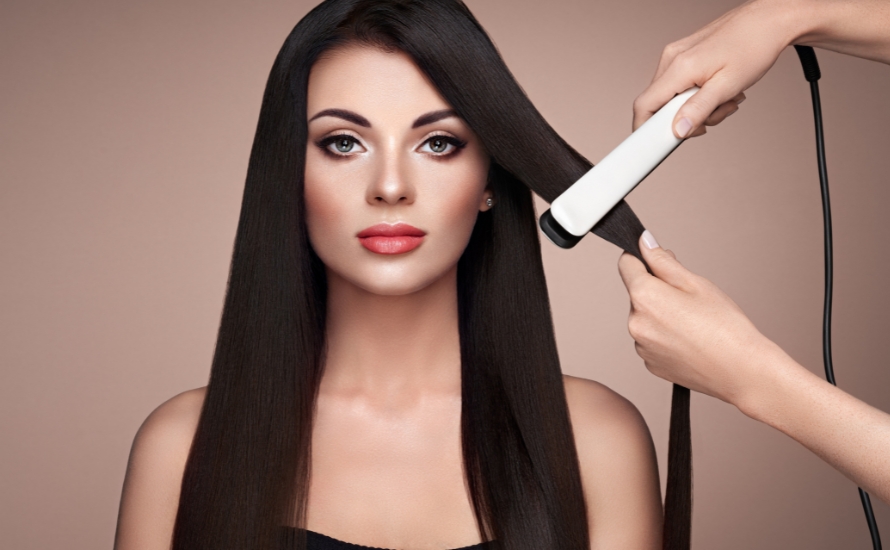
In the quest for silky, smooth hair, hair rebonding and hair smoothening are two popular options that offer long-lasting results. However, understanding the differences between these treatments and considering their suitability for your hair type and desired outcome is crucial. In this guide, we'll explore the key aspects of hair rebonding and hair smoothening to help you make an informed decision. Let's dive in and discover which option is the better choice for you.
1. Hair Rebonding: The Ultimate Straightening Solution
Hair rebonding is a chemical hair treatment designed to transform curly or frizzy hair into sleek, straight locks. This process involves using relaxers or keratin-based products to break down the natural bonds in the hair and reshape them into a straight pattern. Hair treatment at home provides hair rebonding services with proper perfection. Here's what you need to know:
The Process
Hair rebonding typically involves several steps, including applying a relaxer to soften the hair, straightening it with a flat iron, and neutralizing the hair to lock in the straight shape.
The Results
Hair rebonding delivers straight, poker-straight hair that lasts until new hair grows in. It provides a dramatic transformation for those seeking pin-straight locks.
Maintenance
Maintaining rebonded hair requires regular touch-ups as new hair growth will have a different texture. You'll also need to follow a specific aftercare routine, including using sulfate-free shampoos and conditioners and avoiding heat styling to maintain the rebonded look.
2. Hair Smoothening: Taming Frizz and Enhancing Manageability
Hair smoothening, also known as hair relaxing or keratin treatment, focuses on taming frizz, reducing volume, and enhancing manageability. Unlike hair rebonding, smoothening treatments aim to maintain some natural texture while making the hair more manageable. Here's what you need to know:
The Process
Hair smoothening involves applying a keratin-based solution to the hair, which coats the strands and smoothens the cuticles. This process relaxes the hair, reduces frizz, and enhances shine. Salon services at home help you get this process done with perfection.
The Results
Hair smoothening delivers smoother, more manageable hair while retaining some natural movement and texture. It reduces frizz, adds shine, and enhances the overall appearance of the hair.
Maintenance
Maintaining smoothened hair requires using sulfate-free hair products, avoiding harsh chemicals, and minimizing heat styling. Regular touch-ups are needed as new hair growth will have a different texture.
3. Choosing the Better Option for You: Factors to Consider
Now that we've explored the key aspects of hair rebonding and hair smoothening, it's time to consider which option is better suited to your needs. Here are some factors to consider:
Hair Texture
Hair rebonding works best for individuals with curly or wavy hair who desire completely straight hair. Hair smoothening is suitable for those who want to reduce frizz, enhance manageability, and maintain some natural texture.
Desired Outcome
If you're looking for pin-straight, sleek hair, hair rebonding is the better choice. However, if you prefer smoother, more manageable hair with some natural movement, hair smoothening is a great option.
Maintenance Commitment
Hair rebonding requires more intensive maintenance, including regular touch-ups and a specific aftercare routine. Hair smoothening also requires maintenance but is generally less demanding.
Hair Health
Hair rebonding involves chemical treatments that can be harsh on the hair. If your hair is already damaged or weakened, hair smoothening might be a gentler option that provides nourishment and improves hair health.
Conclusion
Hair rebonding and hair smoothening are both effective options for achieving smoother, more manageable hair. Hair rebonding delivers pin-straight locks, while hair smoothening reduces frizz and enhances texture. To make the better choice for you, consider your hair texture, desired outcome, maintenance commitment, and overall hair health. Consulting with a professional stylist is essential to determine the best treatment for your specific needs.

